I found time to read the rest of David Michaels’ latest book “The Triumph of Doubt“. It was loaded with information that is directly relevant to the Australian occupational health and safety (OHS) sector but more about the manipulation of facts and the stealth of lobbyists and influencers than on the hazards themselves. Here’s my take on some of his thoughts.
Two Australian case studies that would not have been out of place in a book like Michaels’, or even an Australian supplement to his book, were quad bikes and workplace mental health. Quad bike safety is the better fit with Michaels’ approach as many of the techniques of Zellner and Dynamic Research Incorporated, and the strategies of international all-terrain vehicle manufacturers, reflect the those strategies in the book.
David Michaels writes about chemicals, primarily, but many of his words hint that similar “doubt scientists” could be already in the psychological health and wellness sector, except these scientists are less about reacting to litigation and legislation than supporting and strengthening an industry in anticipation of increased regulatory scrutiny. “Pre-action”, perhaps?

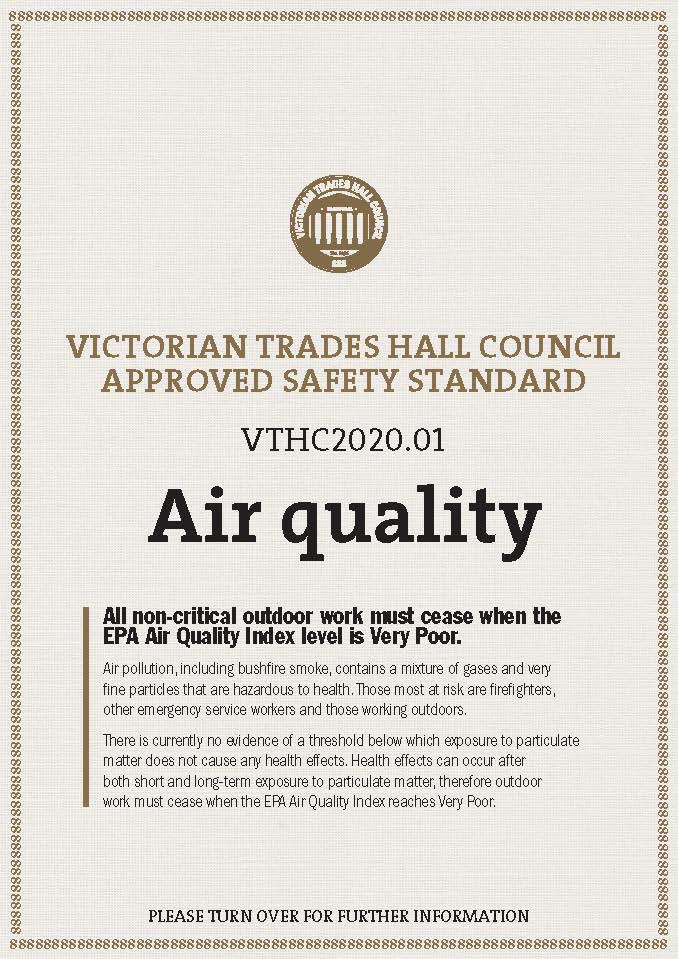
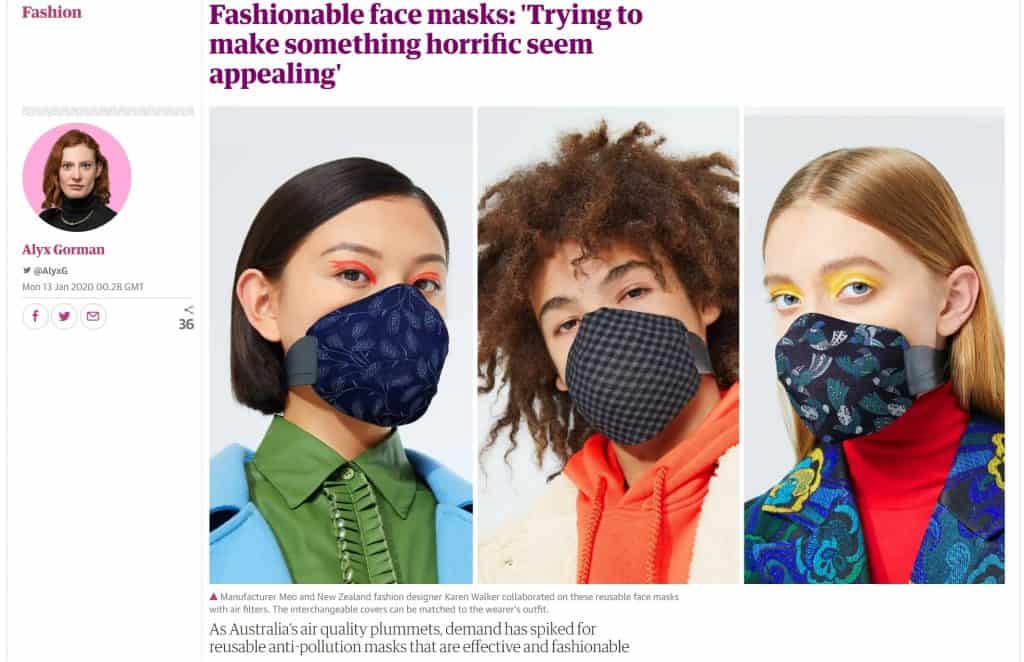
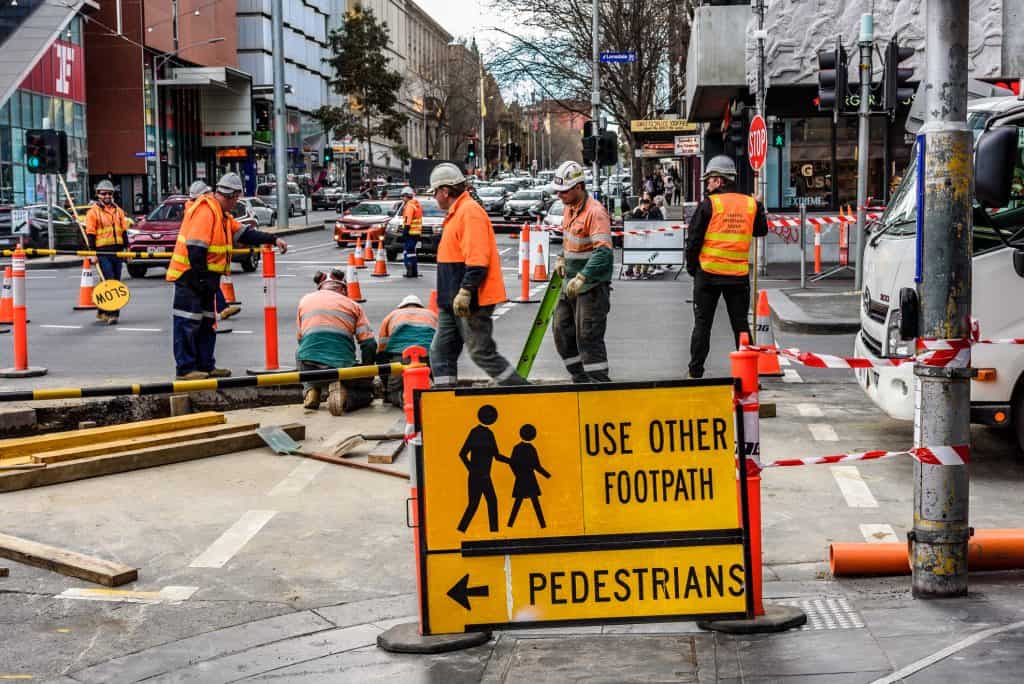
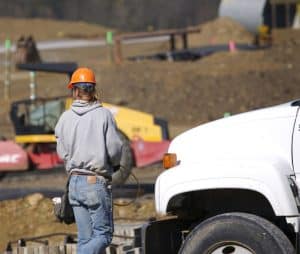 In 2015, the Australian Building and Construction Commission (ABCC) took
In 2015, the Australian Building and Construction Commission (ABCC) took 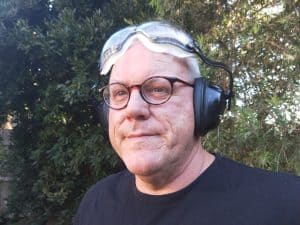 It is rare to find new designs in personal protective equipment (PPE). Trousers may have new pockets or padding. Helmets may have additional ventilation. Goggles have improved anti-fog holes. But rarely is PPE combined.
It is rare to find new designs in personal protective equipment (PPE). Trousers may have new pockets or padding. Helmets may have additional ventilation. Goggles have improved anti-fog holes. But rarely is PPE combined.